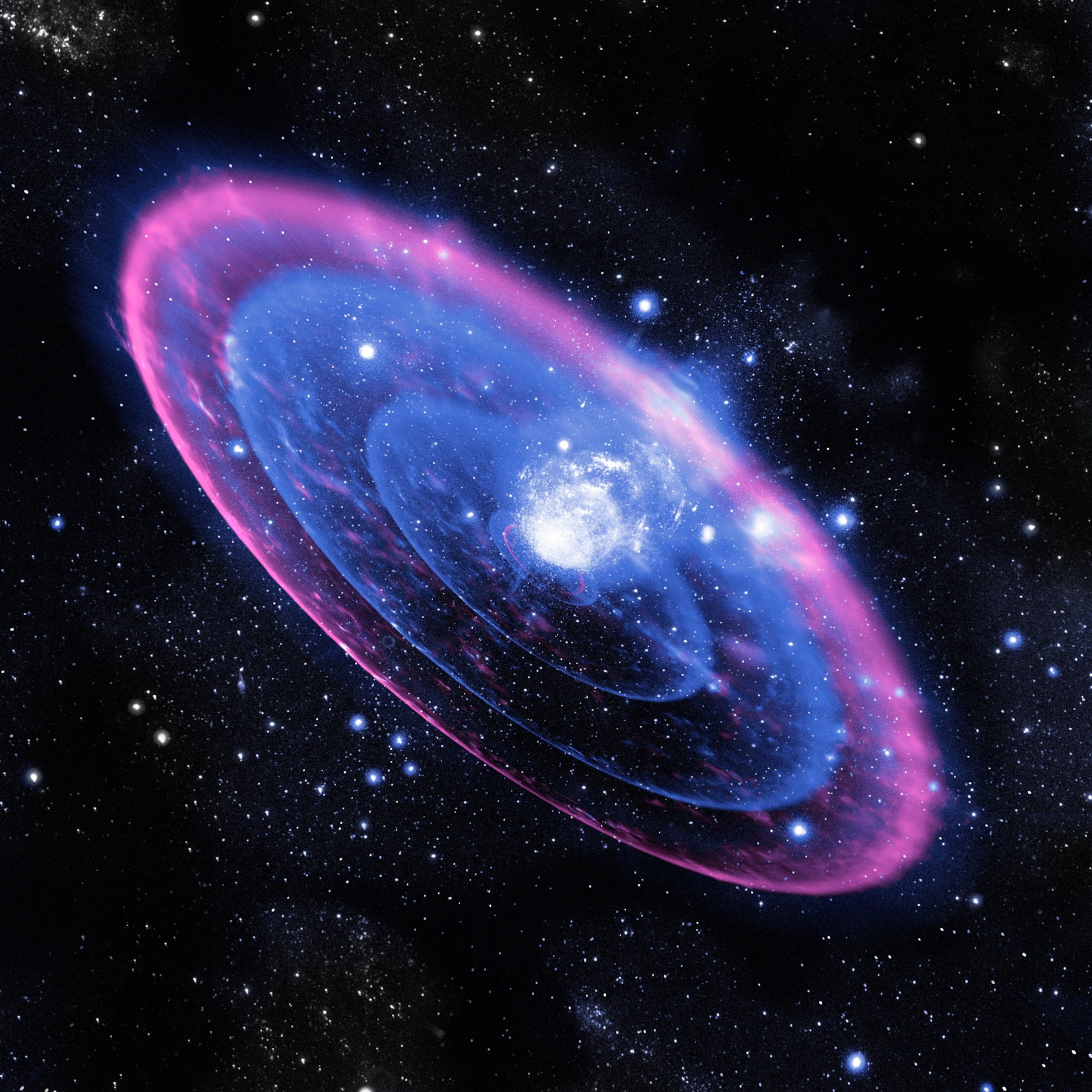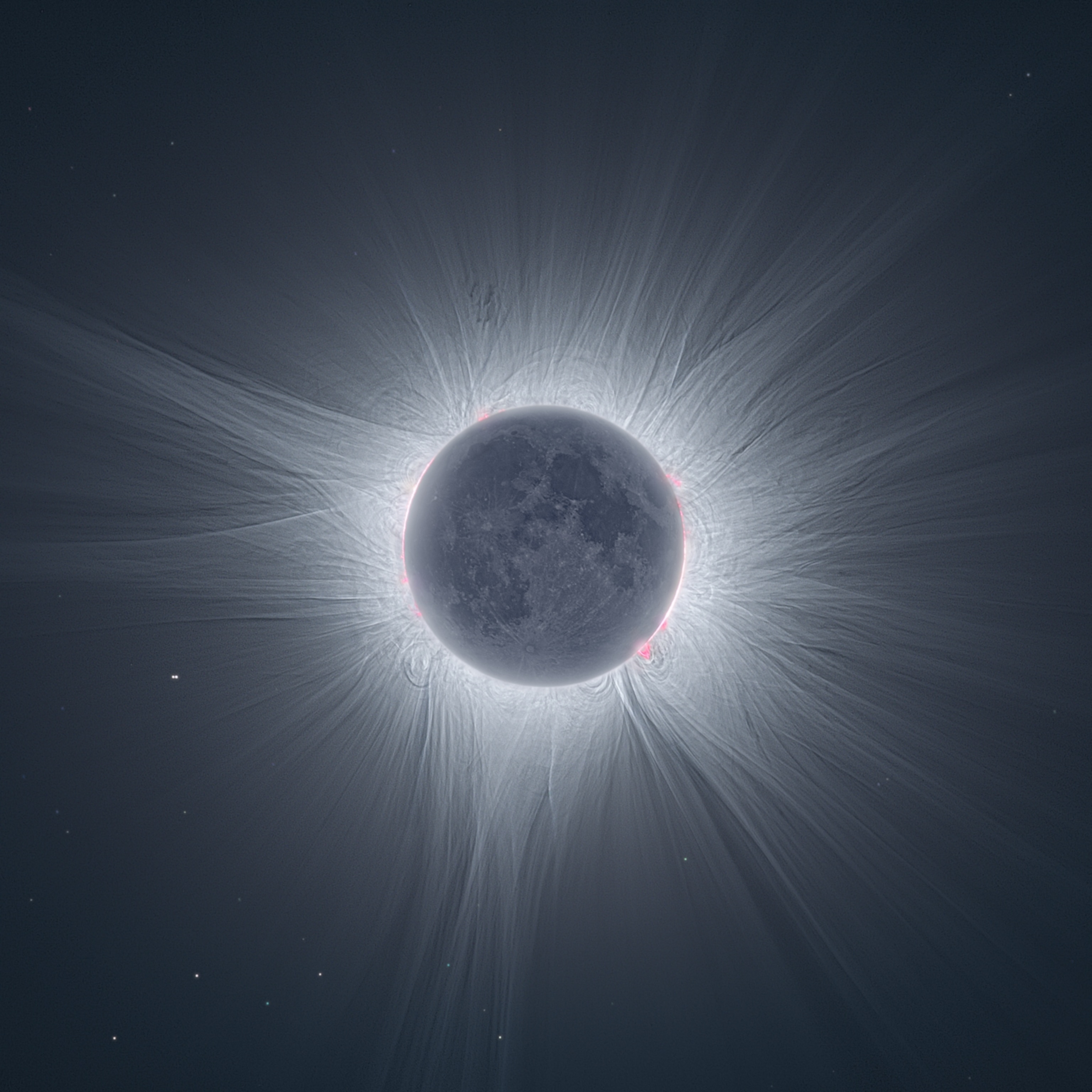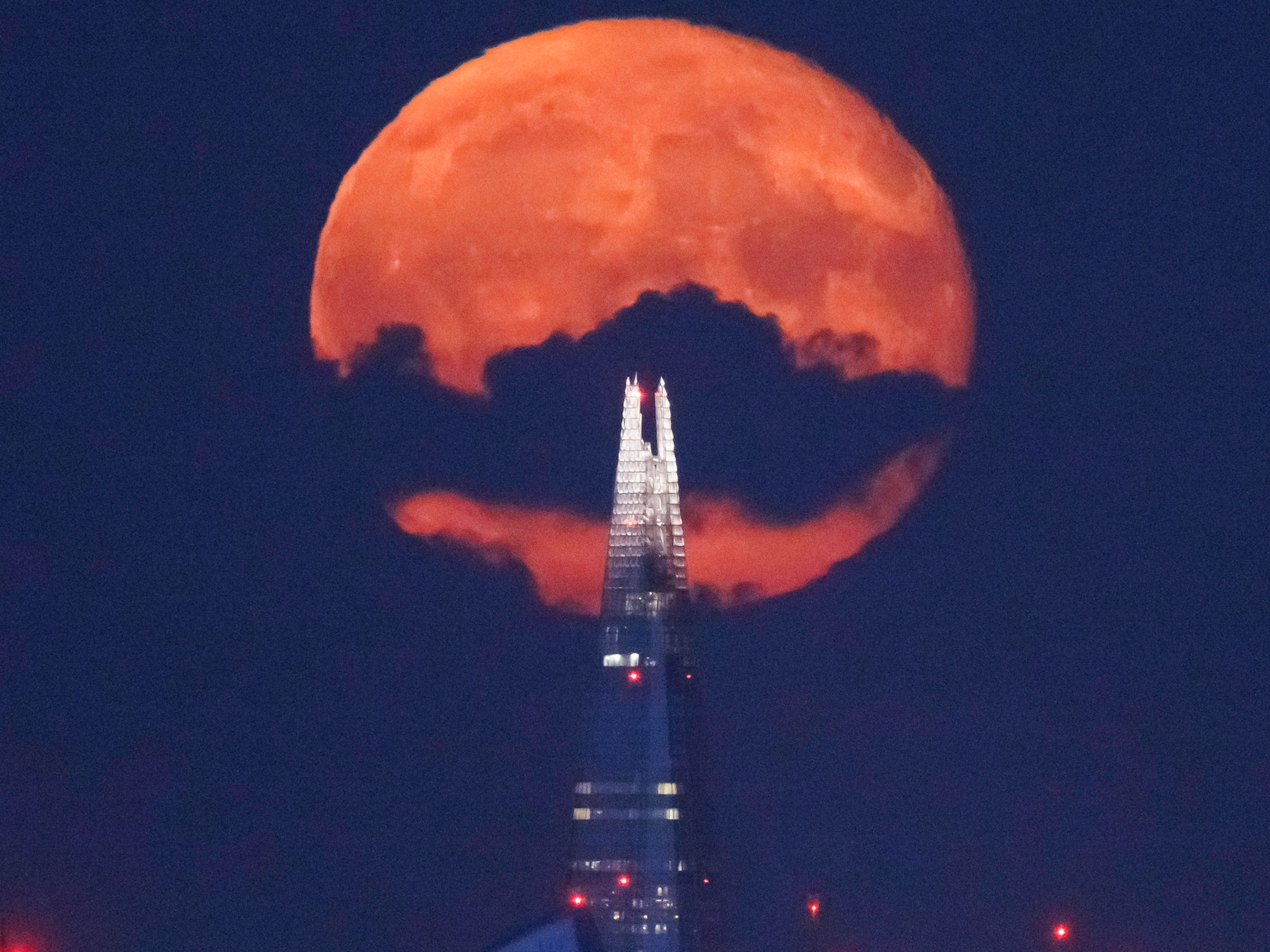A Supernova’s Historical Claim to Fame Vanishes
A ball of debris thought to be produced by a star explosion observed in A.D. 386 is not the stellar corpse astronomers are looking for.

For most of human history, our eyes have been our windows to the cosmos.
As a science, astronomy was initially limited simply by what we could see: the sun and moon, the movements of stars and planets, the meanderings of meteors and comets, and occasionally, the sudden appearance of peculiar pinpricks of motionless light that, over days, weeks, or months, would gradually fade away.
The Chinese charismatically referred to these apparitions as “guest stars”—lights in the sky that looked for all the world like just any old star, except that they came and left, as the best guests do. There are hints that such guest stars were noticed long before the earliest Chinese observation in A.D. 185; but between then and the early 1900s, dozens of these transient stars worked their way into the cosmic logs of the Chinese, Arabs, and Europeans, who each recorded where and for how long the star studded the sky.
In the 1930s, Fritz Zwicky and his colleagues worked out what these mysterious stars were and used the term “supernova” to describe them. Their work was based on the determination that one such apparition from 1885 was very, very, very far away indeed—in the galaxy next door—meaning it had to be burning with an incredible ferocity for people to see it from here.
In other words, what appeared to be a seemingly placid celestial guest knocking on Earth’s door was in fact one of the most violent transformations the cosmos can offer: the cataclysmic destruction of a spent star, some of which simultaneously explode and collapse inward.
Such supernovas, if they’re close by, can be bright enough to appear in the daytime sky. Today, our vastly more powerful telescopic eyes are returning to the scenes of these ancient explosions and studying the remains of the stars that once were. Appearing ghostly and fragile, these remnants help astronomers understand exactly how a star dies. By knowing when an explosion occurred and observing what’s left over, it’s possible to rewind the clock and sleuth out the physics behind stellar deaths. Like detectives, astronomers can determine what kind of star died and what triggered the explosion, as well as keep track of how the stellar afterlife unfolds.
Several such remnants have been identified and are the subjects of close study. Among these are the well-known Crab Nebula, produced by a supernova that went off in 1054; a beautiful, bubble-shaped remnant from a different type of supernova in 1006; the leftovers from yet more star explosions in 1572 and 1604, observed by astronomers Tycho Brahe and Johannes Kepler, respectively; and remnants linked to explosions in 185, 1181, 386—oh wait, no. Not that last one.
For more than 30 years, astronomers suspected that they had properly identified the corpse of an explosion observed by Chinese astronomers in 386. Appearing roughly circular, it’s in the same general area where historical records report a guest star lingering for three months in the constellation Sagittarius. It also looked as though it was vaguely the right age—neither too mature nor too young—and thus the remnant known as G11.2-0.3 became associated with the supernova of 386.
Except that was a false association. Newer observations, made with the Chandra X-ray Observatory, show there’s no way the Chinese could have seen the explosion that created G11.2-0.3 without instruments sharper than the human eye. There are simply too many gas and dust clouds in the way.
“G11.2-0.3 is not the remnant of the 386 event, whatever that was,” says Stephen Reynolds of North Carolina State University, coauthor of a study reporting the result, which appears in the Astrophysical Journal.
Coincidentally, though, when Reynolds and his colleagues took an extremely close look at G11.2-0.3 with Chandra, they discovered that the remnant’s age could still match the historical story. This particular remnant has been observed multiple times since 2000, so scientists could measure how much the remnant’s gassy shells have expanded over these years. When they used that rate to rewind the clock, they found that G11.2-0.3 is between 1,400 and 2,400 years old.
In other words, the age of the remnant is not inconsistent with the Chinese observations—they just couldn’t see it. But more importantly, Reynolds says, G11.2-0.3 is one of the youngest such remnants in the Milky Way, created by a flavor of stellar explosion known as a core collapse supernova.
“Young remnants are particularly interesting because they still bear the strong imprint of the explosion itself and the immediate surroundings, so you learn about the supernova phenomenon,” Reynolds says. “Older ones have interacted with lots of stuff further out, and while they do illuminate the general interstellar medium, they tell you less about the explosions.”
In this case, the imploding star ended up producing a pulsar, or an extremely dense, spinning neutron star. Measurements of the pulsar’s spin rate support the notion that G11.2-0.3 is about 2,000 years old. And still further observations show that, with its whirling heart and complex environment, the remnant “is not doing anything simple,” Reynolds says.
So what did the Chinese see in 386? It could have been a much more run-of-the-mill type of stellar spasm that doesn’t completely destroy the star, called a classical nova. Or it could be the work of a different supernova, one that isn’t shrouded in gas and dust.
“The vagueness of location descriptions in the Chinese records would allow another, very little studied remnant G8.7-5.0 to be a possible candidate. But almost nothing is known of this object,” Reynolds says. “A different interpretation of one of the words in the Chinese records would allow a huge region of sky to be included, with as many as 40 candidates. So while the nature of the 386 event is an interesting puzzle, there clearly is a lot of room for a fairly conventional explanation.”
The frustrating truth is we might never know, and that like so many other events in the cosmos, whatever stellar drama shone down upon Earth all those centuries ago will remain a mystery.
Follow Nadia Drake on Twitter.








